Top China Forwarder provides efficient shipping solutions from China to the Netherlands, specializing in both sea and air freight. With our expertise and strong carrier network, we ensure your cargo is delivered safely and on time.
Backed by personalized support and end-to-end service, we make transportation to the Netherlands smooth and worry-free. Choose Top China Forwarder for reliable logistics tailored to your needs, and enjoy a truly hassle-free shipping experience.
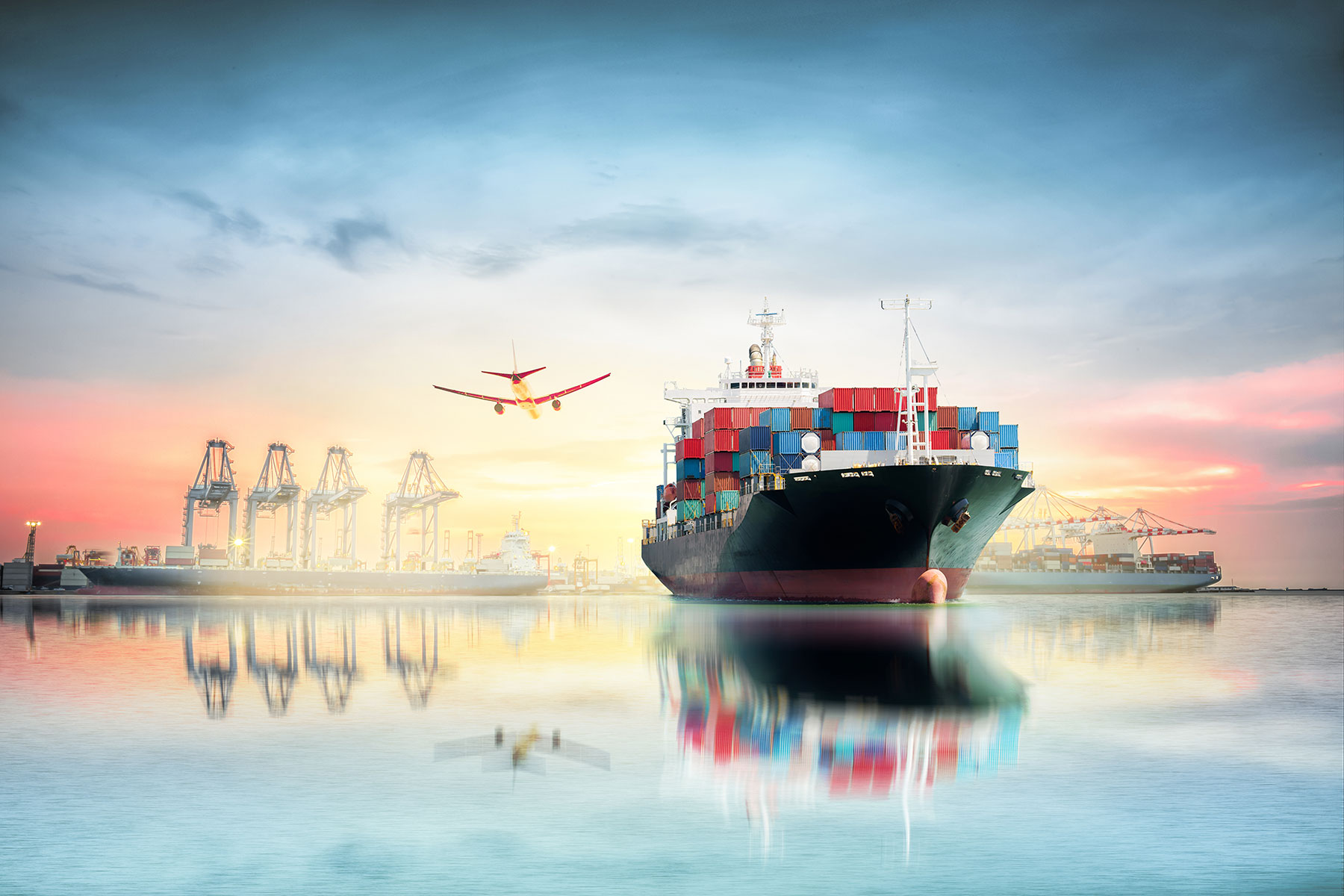
Top China Forwarder offers dependable sea freight services from China to the Netherlands, ensuring efficient and cost-effective transportation solutions for your cargo.
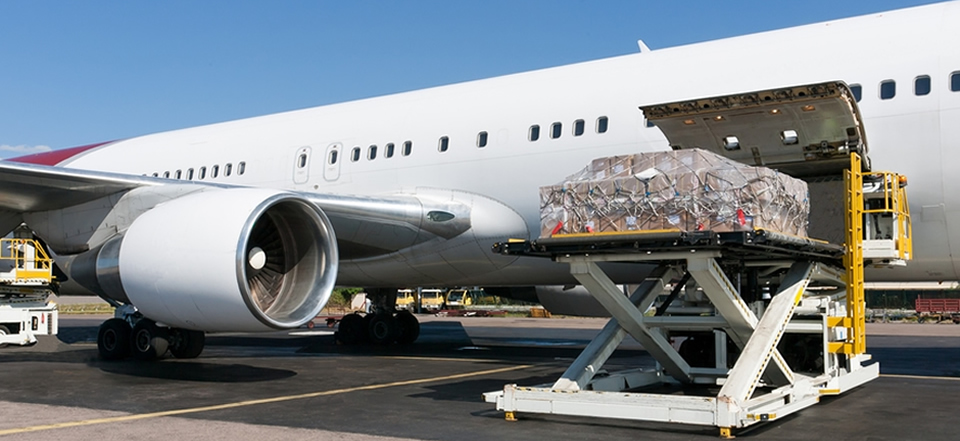
Experience swift air freight solutions from China to the Netherlands with Top China Forwarder, ensuring efficient and timely delivery of your cargo.
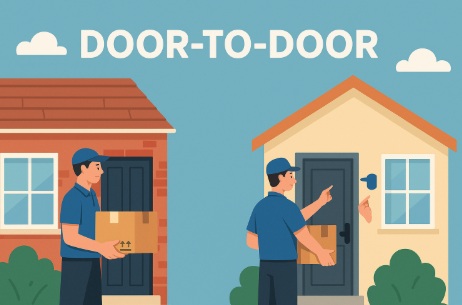
Enjoy seamless door-to-door shipping solutions from China to the Netherlands with Top China Forwarder, providing convenience and efficiency for your cargo.
Top China Forwarder offers top-notch FCL (Full Container Load) shipping services from China to the Netherlands. With a focus on efficiency and reliability, we ensure smooth transportation of your cargo. Our dedicated team designs tailored solutions to meet your specific shipping requirements, guaranteeing timely delivery and cost-effectiveness. Leveraging our extensive network and cutting-edge technology, we provide real-time tracking and communication throughout the shipping process. Trust Top China Forwarder for unparalleled FCL shipping solutions to the Netherlands, delivering excellence and value for your logistical needs.
Top China Forwarder excels in LCL (Less than Container Load) shipping from China to the Netherlands, offering tailored solutions for small to medium-sized cargo. Our meticulous consolidation process ensures efficient handling and cost-effectiveness. With a focus on flexibility and reliability, we provide personalized services to meet your specific needs. Leveraging our extensive network and expertise, we guarantee secure transit and timely delivery to the Netherlands. Trust Top China Forwarder for dependable LCL shipping services, delivering your goods with precision and care every step of the way.

Top China Forwarder offers the most fuel-efficient pickup service across China.
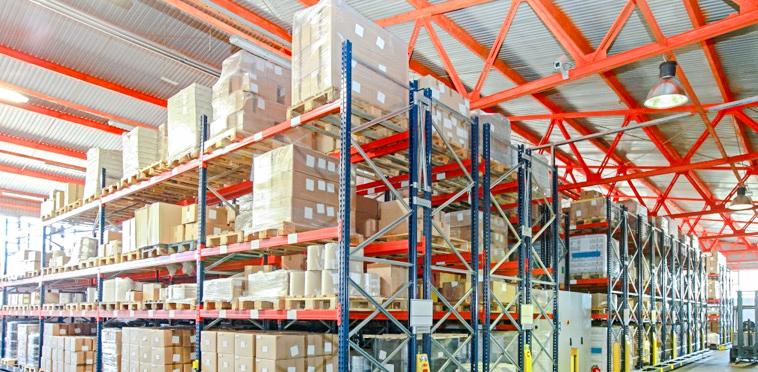
We provide free warehousing services, ensuring secure storage for your goods.
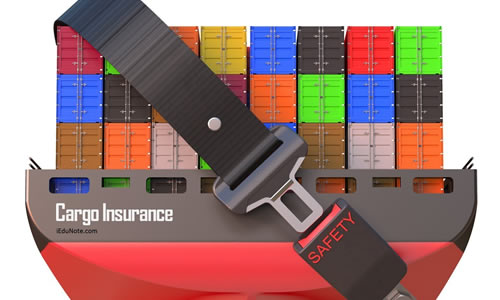
Our cargo insurance protects your goods all the way to any FBA Warehouse, providing peace of mind.
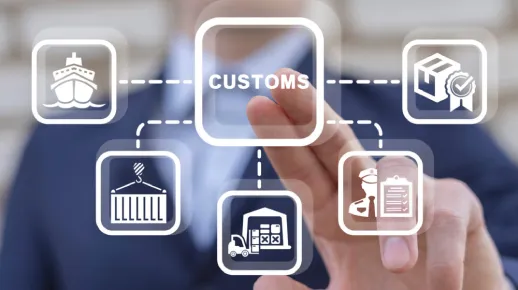
We handle all paperwork and details for smooth customs clearance.
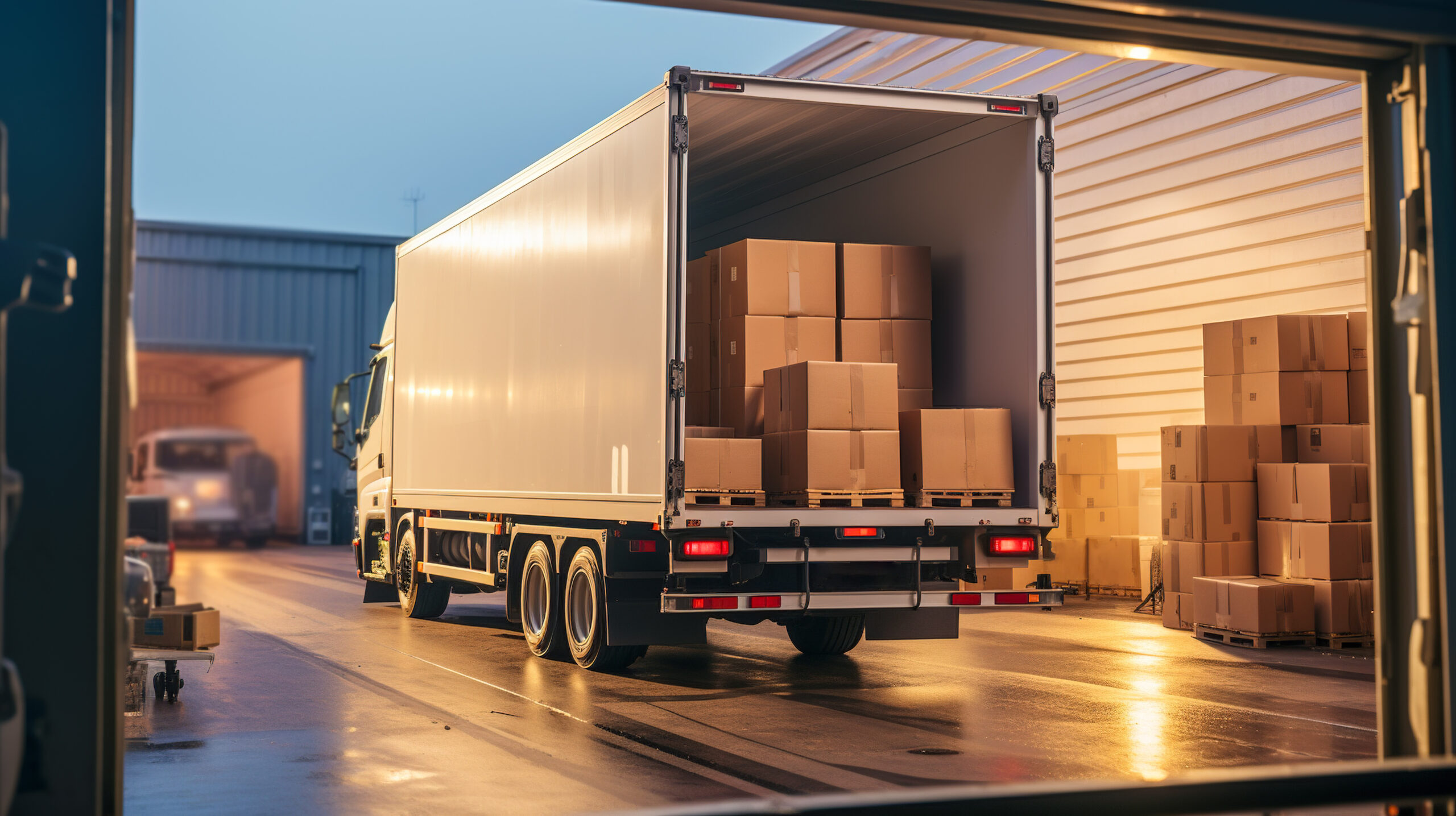
We ensure safe packaging and loading of goods at your suppliers' factories, guaranteeing secure transport.
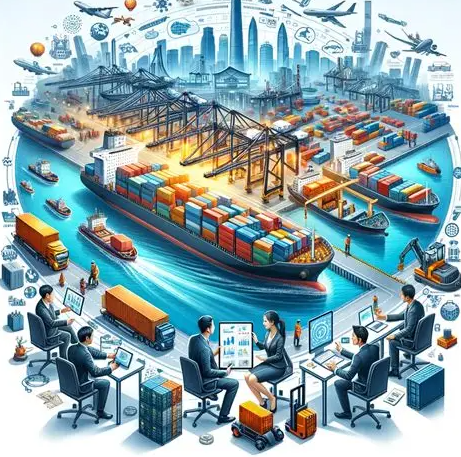
Ensuring punctuality of air freight services from China to the Netherlands requires thorough planning, proactive communication, and adherence to best practices. Here are essential steps to help maintain punctuality:
Choose Reliable Airlines and Freight Forwarders: Select reputable airlines and freight forwarders with a strong track record of on-time deliveries and reliable service. Research their performance metrics, customer reviews, and operational capabilities.
Confirm Flight Schedules and Transit Times: Verify flight
Early Booking: Secure space on preferre
Clear and Accurate Documentation: Prepare all necessary
Proper Packaging and Labeling: Pack goods securely using appropr
Utilize Tracking and Monitoring: Take advantage of trac
Effective Communication: Maintain open communicati
Prepare for Customs Clearance: Ensure
Monitor External Factors: Stay informed about external factors that could impact flight schedules, such as weather conditions, air traffic congestion, or operational disruptions. Monitor forecasts and prepare contingency plans to mitigate risks.
Evaluate and Improve: Regularly assess the performance of your chosen air freight services provider. Provide feedback based on their punctuality, reliability, and overall service quality to identify areas for improvement.
By implementing these steps and maintaining proactive management of your air freight shipments from China to the Netherlands, you can enhance the likelihood of punctual deliveries and ensure your goods reach their destination on time and in good condition.
Choosing an economical shipping option from China to the Netherlands involves balancing cost-effectiveness with reasonable transit times and reliability. Here are several strategies to help you select the most cost-efficient shipping method:
Evaluate Transportation Modes:
Compare Freight Rates:
Consider Transit Times:
Utilize Consolidation Services:
Negotiate and Optimize Contracts:
Packaging Optimization:
Route Optimization:
Monitor Additional Costs:
Evaluate Total Cost of Ownership:
Seek Expert Advice:
By carefully evaluating these factors and prioritizing cost-efficiency, you can choose an economical shipping option that meets your budgetary constraints while ensuring reliable delivery of goods from China to the Netherlands.
Shipping services from China to the Netherlands typically handle cargo tracking through advanced tracking systems and processes designed to provide real-time visibility and updates throughout the shipment journey. Here’s how they manage cargo tracking issues:
Tracking Systems: Utilize sophisticated tracking systems that integrate GPS, RFID, or barcoding technologies. These systems allow for precise monitoring of cargo location, status, and condition at various stages of transit.
Online Tracking Platforms: Provide customers with access to online tracking platforms or portals. These platforms allow shippers to monitor shipment progress, view estimated arrival times, and receive notifications about any delays or issues.
Tracking Updates: Regularly update tracking information to reflect milestones such as departure from origin, arrival at ports, customs clearance status, and delivery to destination. This helps keep all stakeholders informed about shipment progress.
Customer Support: Offer dedicated customer support teams to address tracking inquiries and resolve issues promptly. Customers can contact support personnel for updates, clarification on tracking details, or assistance with any concerns.
Integration with Logistics Networks: Coordinate tracking systems with global logistics networks and partner carriers. This ensures seamless information flow and accurate tracking data exchange across different transportation modes and jurisdictions.
Proactive Monitoring: Monitor shipments proactively to anticipate and address potential tracking issues such as delays, route changes, or unexpected events. Take corrective actions to minimize disruptions and maintain schedule adherence.
Customized Tracking Solutions: Provide customizable tracking solutions based on customer preferences and specific shipment requirements. This includes tailored notifications, reporting features, and integration options with enterprise systems.
Transparency and Accountability: Maintain transparency by sharing tracking information with stakeholders including shippers, consignees, and logistics partners. This fosters trust and ensures accountability throughout the supply chain.
Continuous Improvement: Continuously evaluate and enhance tracking capabilities based on feedback, technological advancements, and industry best practices. Implement upgrades to improve tracking accuracy, reliability, and user experience.
By employing these strategies, shipping services from China to the Netherlands effectively manage cargo tracking issues, ensuring visibility, reliability, and efficient handling of shipments throughout the transportation process.
Dealing with abnormal shipments from China to the Netherlands involves handling goods that deviate from standard dimensions, weights, or regulatory requirements. Here’s a structured approach to manage abnormal shipments effectively:
Identification and Classification:
Identify the specific characteristics that classify the shipment as abnormal, such as oversized dimensions, unusual weight, perishable nature, hazardous materials, or special handling requirements.
Regulatory Compliance:
Ensure compliance with international and Dutch regulations governing abnormal shipments. This includes customs clearance procedures, permits, licenses, and documentation specific to the type of goods being shipped.
Special Handling Requirements:
Determine and implement appropriate handling procedures based on the nature of the abnormal shipment. This may include using specialized equipment, packaging materials, or transport modes (e.g., temperature-controlled containers for perishables).
Customized Packaging and Labeling:
Pack abnormal shipments securely using customized packaging solutions that provide adequate protection and meet safety standards. Label packages clearly with handling instructions, safety warnings, and regulatory compliance information.
Risk Assessment and Mitigation:
Conduct a thorough risk assessment to identify potential hazards associated with abnormal shipments. Develop mitigation strategies to minimize risks during transportation, storage, and handling.
Communication and Coordination:
Maintain open communication with all parties involved in the shipment process, including suppliers, freight forwarders, carriers, and customs authorities. Provide clear instructions and documentation to ensure smooth handling and compliance.
Documentation and Paperwork:
Prepare comprehensive documentation specific to abnormal shipments, including detailed descriptions, classifications, and safety data sheets (for hazardous materials). Ensure all paperwork is accurate, complete, and submitted in advance for regulatory approval.
Specialized Transport Arrangements:
Arrange transportation with carriers experienced in handling abnormal shipments. Select carriers equipped with the necessary facilities and expertise to manage unique requirements such as oversized cargo or dangerous goods.
Emergency Response Planning:
Develop contingency plans and emergency response procedures to address unforeseen circumstances or incidents during transit. Ensure all stakeholders are aware of emergency contacts, procedures, and protocols.
Continuous Monitoring and Feedback:
Monitor the shipment’s progress throughout transit and upon arrival in the Netherlands. Gather feedback from stakeholders to evaluate the effectiveness of handling procedures and identify areas for improvement.
By following these steps, businesses can effectively manage abnormal shipments from China to the Netherlands, ensuring compliance with regulations, safety standards, and operational efficiency throughout the logistics process.
Sea shipping services from China to the Netherlands handle customs inspections through a systematic approach to ensure smooth clearance of goods. Here’s an overview of how they manage customs inspection:
Documentation Preparation: Freight forwarders or shipping agents assist in preparing all necessary customs documentation, including commercial invoices, packing lists, bills of lading, and any required permits or certificates.
Submission of Documents: They submit complete and accurate documentation to customs authorities well in advance of the shipment's arrival. This allows customs officials to review and process the paperwork efficiently.
Customs Declaration: Goods are declared according to Dutch customs regulations, detailing the nature, quantity, value, and intended use of the items. Compliance with import restrictions, duties, and taxes is also verified during this process.
Physical Inspection (if required): Customs authorities may conduct physical inspections of selected shipments to verify declared information or ensure compliance with safety, security, or regulatory standards. This may involve unpacking or sampling goods.
Customs Clearance Process: Once documentation and inspections are satisfactorily completed, customs clearance is granted. This permits the shipment to proceed to its final destination within the Netherlands or to a designated distribution center.
Duty and Tax Handling: Applicable duties, taxes, and fees based on the customs assessment are paid. Freight forwarders or customs brokers facilitate payment on behalf of the importer, ensuring compliance with financial obligations.
Risk Management and Compliance: They ensure adherence to international trade regulations and mitigate potential risks associated with customs inspections. This includes following customs procedures, tariff classifications, and security protocols.
Communication and Transparency: Maintaining clear communication with all stakeholders involved in the shipping process—including exporters, importers, freight forwarders, and customs officials—is crucial. Any issues or discrepancies are promptly addressed to facilitate smooth clearance.
Continuous Improvement: Regular evaluations of customs clearance processes help identify opportunities for efficiency improvements. Implementing feedback mechanisms and updates ensures ongoing compliance and operational excellence.
By following these steps, sea shipping services from China to the Netherlands effectively manage customs inspections, ensuring compliance with regulations and efficient processing of shipments through customs procedures.
Choosing the right shipping company from China to the Netherlands involves several key considerations to ensure reliable and cost-effective transportation of goods. Here are steps to guide your decision-making process:
Evaluate Shipping Options: Research different shipping modes such as sea freight, air freight, and rail freight based on your specific needs for speed, cost, and volume.
Company Reputation and Experience: Look for shipping companies with a proven track record and extensive experience in handling shipments from China to the Netherlands. Check customer reviews, testimonials, and industry certifications.
Service Coverage and Networks: Ensure the shipping company has a robust network and sufficient coverage that aligns with your shipment requirements. This includes access to ports, terminals, and distribution centers in both China and the Netherlands.
Shipping Rates and Costs: Compare shipping rates and costs among different providers. Consider not only the initial freight charges but also additional fees such as fuel surcharges, handling fees, and customs clearance costs.
Transit Times and Reliability: Assess transit times offered by shipping companies and their reliability in meeting delivery schedules. Choose a company that can guarantee timely delivery or provide expedited options if needed.
Customer Support and Communication: Evaluate the level of customer support and communication offered by the shipping company. Ensure they provide responsive customer service, clear communication channels, and updates on shipment status.
Special Handling Requirements: If your shipment requires special handling such as temperature control, hazardous materials management, or oversized cargo capabilities, verify that the shipping company has the necessary expertise and equipment.
Insurance and Risk Management: Inquire about insurance options for your shipment and how the shipping company manages risk during transit. Ensure they offer adequate coverage for your cargo to protect against potential losses or damages.
Customs Expertise: Confirm the shipping company’s proficiency in navigating customs procedures and regulations in both China and the Netherlands. This includes familiarity with import/export documentation and clearance processes.
References and Recommendations: Seek recommendations from industry peers or logistics professionals who have experience shipping goods from China to the Netherlands. Their insights can help you make an informed decision.
By carefully evaluating these factors and prioritizing your specific shipping requirements, you can choose a shipping company that best meets your needs for transporting goods from China to the Netherlands efficiently and cost-effectively.
Freight services from China to the Netherlands typically include cargo receipt services as part of their comprehensive logistics solutions. Here’s how they generally manage cargo receipt:
Receiving and Acceptance: Freight companies receive cargo at designated points such as warehouses, ports, or loading facilities in China. They verify the received goods against shipping documents to ensure accuracy and completeness.
Documentation Handling: Upon receipt, they manage and process necessary documentation, including bills of lading, packing lists, and customs declarations. This ensures compliance with regulatory requirements and facilitates smooth transit.
Storage and Warehousing: If required, freight services offer storage and warehousing options at origin points in China before shipment to the Netherlands. This can include temporary storage or consolidation of goods for efficient transport.
Tracking and Monitoring: They provide tracking capabilities to monitor the movement of goods from China to the Netherlands. This includes real-time updates on shipment status and location, enhancing visibility and operational efficiency.
Customs Clearance Support: Freight services assist with customs clearance procedures, ensuring that shipments comply with Dutch import regulations. This involves preparing and submitting necessary documentation for smooth clearance at destination ports in the Netherlands.
Customer Support: They offer customer support throughout the shipping process, addressing inquiries, providing updates, and resolving issues related to cargo receipt and transportation.
By offering these services, freight companies facilitate the seamless handling and transportation of cargo from China to the Netherlands, meeting the logistical needs of businesses and ensuring reliable delivery of goods.
Dealing with quality issues of goods from China to the Netherlands involves several steps to ensure that products meet expected standards and specifications. Here’s a structured approach to handle quality issues effectively:
Pre-shipment Inspection: Conduct thorough quality inspections of goods before they leave China. This can include inspections by third-party inspection agencies or quality control teams to verify product quality, specifications, and packaging.
Documentation Review: Ensure all documentation, including quality certificates, test reports, and compliance documents, are accurate and complete. This helps in verifying that the goods meet regulatory requirements and quality standards.
Communication with Suppliers: Maintain open and clear communication with suppliers in China regarding quality expectations and requirements. Address any concerns or discrepancies early in the production process to prevent issues from escalating.
Quality Assurance Agreements: Establish quality assurance agreements with suppliers that outline quality benchmarks, inspection procedures, and responsibilities in case of quality issues. This agreement should include provisions for returns, replacements, or refunds for non-compliant goods.
Quality Control Measures: Implement robust quality control measures throughout the manufacturing and shipping process. This may involve regular factory audits, product testing, and inspection of raw materials to ensure consistent quality standards are met.
Immediate Inspection upon Arrival: Upon arrival in the Netherlands, conduct immediate inspections of goods to verify quality and condition. This allows for prompt identification of any quality issues or damages during transit.
Reporting and Documentation: Document and report any quality issues promptly to the supplier and freight forwarder. Provide clear evidence, such as photographs or inspection reports, to support claims of non-compliance or damage.
Resolution and Remediation: Work with suppliers to resolve quality issues swiftly. Options may include arranging for replacements, repairs, or issuing credits for affected goods. Negotiate terms for compensation or adjustments as per the terms of the purchase agreement.
Continuous Improvement: Implement feedback mechanisms and lessons learned from quality issues to improve future sourcing and shipping processes. This includes refining supplier selection criteria, enhancing quality control protocols, and strengthening supply chain relationships.
Legal and Contractual Considerations: Review contractual terms and legal options available for recourse in case of persistent or severe quality issues. Seek legal advice if necessary to protect your interests and enforce compliance with quality standards.
By following these steps, businesses can effectively manage and mitigate quality issues of goods shipped from China to the Netherlands, ensuring that products meet expectations and comply with regulatory requirements.
Freight services from China to the Netherlands manage delivery delays through proactive measures aimed at minimizing disruptions and ensuring timely resolution. Here’s how they typically handle delivery delays:
Real-time Monitoring: Freight companies utilize tracking systems and logistics management software to monitor shipments in real-time. This allows them to identify potential delays early and take immediate action.
Communication: They maintain open communication channels with shipping partners, carriers, and customers. In case of delays, timely updates are provided to all stakeholders regarding the status of the shipment and expected delivery times.
Problem Identification: Upon identifying a delay, freight services investigate the root cause, whether it’s due to weather conditions, transportation issues, customs clearance delays, or other factors. They assess the impact and severity of the delay.
Alternative Routing: Depending on the nature of the delay, freight services may arrange alternative routing or transportation options to expedite the shipment’s journey. This can involve re-routing through different ports or using alternative transport modes.
Prioritization and Expedited Handling: Urgent shipments may be prioritized for expedited handling to minimize further delays. Freight companies coordinate with carriers and logistics partners to accelerate processing and delivery.
Customer Notification and Support: They promptly notify customers about delays, providing transparent information on the reasons and expected resolution timelines. Customer support teams are available to address inquiries and concerns.
Mitigation Strategies: Implementing mitigation strategies to prevent future delays, such as optimizing scheduling, improving logistics planning, and enhancing contingency plans for unexpected events.
Performance Review and Improvement: After resolving the delay, freight services conduct a post-mortem review to assess what worked well and identify areas for improvement. This helps in refining processes and enhancing service reliability.
By employing these strategies, freight services from China to the Netherlands aim to effectively manage and minimize delivery delays, ensuring that shipments arrive on time and meet customer expectations.
Choosing the method of shipping goods from China to the Netherlands involves considering several factors to determine the most suitable option for your specific needs. Here are the key considerations to guide your decision:
Type of Goods: Consider the nature of your goods, including size, weight, fragility, and perishability. Different shipping methods—such as sea freight, air freight, or rail freight—vary in terms of capacity, speed, and handling capabilities.
Cost Efficiency: Evaluate the overall cost of shipping, including freight charges, handling fees, customs duties, and any additional charges. Compare costs across different shipping methods to find the most economical option without compromising on service requirements.
Transit Time Requirements: Determine your desired transit time and delivery urgency. Air freight is generally faster compared to sea freight, which may take longer but could be more cost-effective for less time-sensitive shipments.
Volume and Frequency of Shipments: Consider the volume of goods you need to ship and how frequently you will be shipping. Larger volumes may benefit from sea freight due to lower costs per unit, while smaller, urgent shipments may warrant air freight.
Reliability and Service Level: Assess the reliability and service levels offered by shipping providers. This includes their track record for on-time deliveries, customer support, and handling of special requirements such as temperature-sensitive or hazardous goods.
Shipping Routes and Accessibility: Check the availability and accessibility of shipping routes between China and the Netherlands. Some methods may offer direct routes, while others may require transshipment or multiple carriers.
Customs and Regulatory Considerations: Understand the customs procedures, import regulations, and documentation requirements for your goods in both China and the Netherlands. Choose a shipping method that aligns with these requirements to facilitate smooth clearance.
Environmental Impact: Consider environmental factors, such as carbon emissions and sustainability practices associated with different shipping methods. Some businesses prioritize eco-friendly options or may need to comply with specific environmental regulations.
Insurance and Risk Management: Evaluate insurance options and risk management practices associated with each shipping method. Ensure adequate coverage for potential loss, damage, or delays during transit.
Feedback and Recommendations: Seek recommendations from logistics professionals or industry peers who have experience shipping goods from China to the Netherlands. Their insights can provide valuable guidance in selecting the right shipping method.
By carefully assessing these factors and prioritizing your specific shipping requirements, you can choose the method of shipping goods from China to the Netherlands that best meets your logistical, financial, and operational needs.
I chose Top China Forwarder as I had confidence that would would deliver a great service. From when I booked to when the car arrived everything was easy. I could keep updated on progress with the tracking device. It was quick, efficient and the contact I had to get documents for pick up was no fuss and professional. It was a great experience.
I am a lot of satisfied with crafted by Top China Forwarder. Each shipment was finished so rapidly with no single harm to the items. Likewise, their cargo rates were overly low, and they have an exceptional client care unit.
Initially I doubted their commitment whether they’ll be able to deliver it on time but they actually delivered it two days before the commitment. The executive was also very understanding. I received my items in a perfect state! Everyone should work with them.